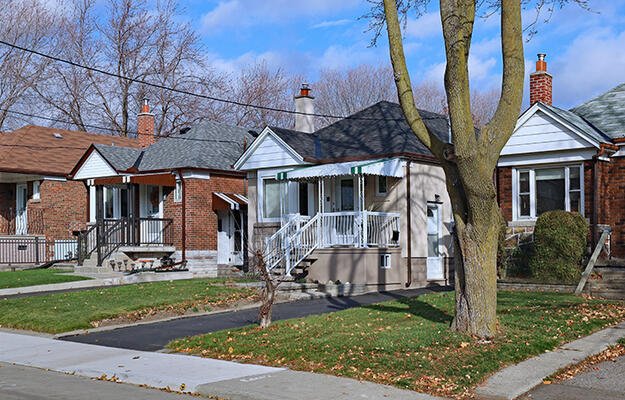
How to Use Housing Policy to Increase Economic Mobility
- Title:
- How to Use Housing Policy to Increase Economic Mobility
- Author:
-
Pamela Blumenthal, John McGinty
- Source:
- Publication Date:
-
2015
Over 45 million people live in poverty in the United States, facing limited opportunities to improve their economic status or that of their children. A report from the Urban Institute, Housing Policy Levers to Promote Economic Mobility, explores numerous opportunities to use federal, state, and local housing policy to improve economic mobility.
The diverse categories of housing polices with real potential to help families achieve economic mobility include tax policies, block grants, rental assistance programs, fair housing regulations, and homeownership programs. The paper discusses the evidence connecting each of the policies with economic mobility and provides guidance (including practical examples) about how to use the policy to achieve better results.
Major findings and recommendations:
- Neighborhood context contributes to children’s economic mobility.
- Homeownership is the primary contributor to differences in wealth growth by white and black families, yet homeownership can also lock families in places where job prospects are low.
- In the absence of housing policy change, low-income families will have limited ability to afford to live in low-crime areas with access to high-performing schools.
- Without deliberate policy attention, homeownership opportunities in low-poverty areas may be unavailable or unsustainable for low-income or minority households.
- The goal of increasing economic mobility should be used when evaluating and modifying federal, state, and local housing policies.
- The federal government can support economic mobility through the enforcement of fair housing rules and regulations, simultaneous efforts to improve opportunities for low-income people and strengthen disadvantaged places, and changes to tax policy.
- State policies can support economic mobility through efforts that integrate affordability across multiple local jurisdictions and by producing or preserving affordable housing in areas with access to jobs and transit.


